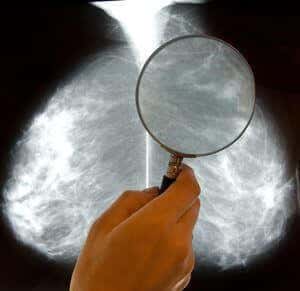
Cancer is the second leading cause of death in the US, right behind heart disease. Between 1980 and 2014, death rates from cancer fell about 20 percent overall. That is good news, but there are plenty of regions that are being left behind because cancer deaths are still high.
What Do the Data Show?
The study, published in JAMA, included more than 19 million cancer deaths between 1980 and 2014.
Lung Cancer:
Lung cancer death rates were particularly high in Kentucky. The study was not able to distinguish, however, whether smoking or coal dust exposure was responsible for the high rate of lung cancer in the eastern part of the state.
Prostate Cancer:
Although prostate cancer death rates dropped in much of the nation, Owsley County, Kentucky, saw a 26 percent increase. Other areas of the south also had higher rates of fatalities from prostate cancer.
Breast Cancer:
Similarly, breast cancer death rates dropped in the northeast, northern Midwest and southern Florida. They remained high along the Mississippi River, particularly in the south.
Colorectal Cancer:
Cancer deaths due to colon and rectal cancer fell by 35 percent during the study period. There are large disparities in the death rates from these malignancies, though. The highest rate of 58.4 deaths per 100,000 people was in Union County, Florida. That is six times higher than the lowest death rate for these cancers: 8 per 100,000 in Summit County, Colorado.
The authors suggest that prevention and screening programs may be falling short in these regions. There may also be important differences in people’s exposure to risk factors. Different regions of the country might also have varying strategies for treating specific cancer. Some treatments may be more effective for promoting survival.

